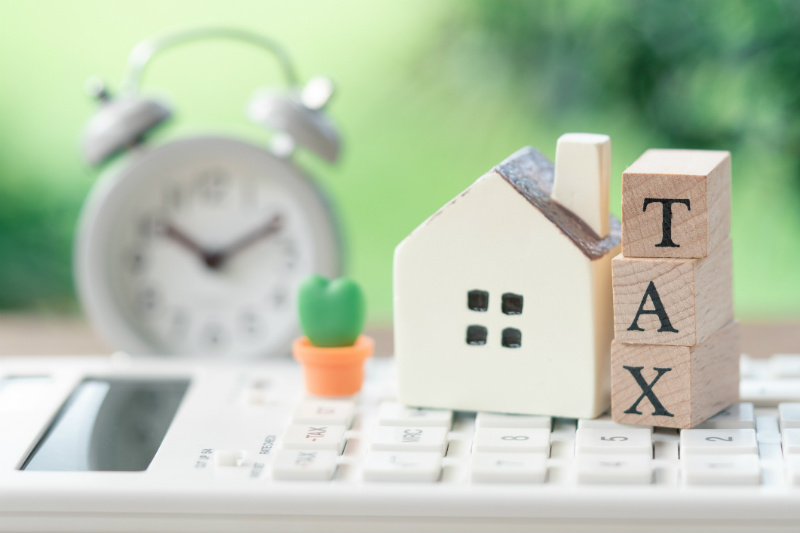The 1% increase in the Additional Dwelling Supplement aspect of the Land & Buildings Transaction Tax went largely unnoticed when announced by Finance Secretary, Derek Mackay, in the draft Scottish Budget in December 2018.
”The increase saw the Additional Dwelling Supplement increase from 3% to 4% and whilst the 1% increase might not sound a lot, when it’s converted into hard cash you might begin to understand the impact.
The reason this tended to go unnoticed was because most people think it’ll never apply to them and that it only applies to those who are buying a second home or are involved in the buy to let market. There are, however, some unintended consequences for the “normal” property market. We believe it is important to understand what the Additional Dwelling Supplement is and how it works before we can look at the unintended consequences.
What is it?
As its name suggests, the Additional Dwelling Supplement is a property tax that is applied to an “additional” residential property. This tax only applies to residential property. It is paid in addition to any Land & Buildings Transaction Tax (LBTT) that may be due to be paid on a residential property purchase and applies even when no LBTT is actually payable. It was introduced in parallel to similar Stamp Duty provisions in England and Wales. Its purpose was to take the “heat” out of the first-time buyer market by charging buy to let landlords and buyers of second homes as it seemed they were forcing up prices in what was seen to be the traditional first-time buyer sector. It is also a very easy tax for the UK and Scottish Governments to collect and provides them with additional revenue.
How does it work?
When someone who already owns a house, or an organisation, purchases a residential property for a price of more than £40,000, they will have to pay the Additional Dwelling Supplement on the full price of the property. The current rate of tax is 4% of the price. Whilst this quite clearly will “catch” individuals who buy a second home or individuals or companies purchasing properties in the buy to let sector, it will also catch people who, for whatever reason, simply can’t sell their existing home. This can happen if a couple who jointly own a property separate and one of them remains in the family home. If the partner who has left still has ownership or part ownership of the family home, he or she will have to pay the Additional Dwelling Supplement on any new home they buy (provided the price is more than £40,000) – and this would be in addition to the normal LBTT payable. The Additional Dwelling Supplement also applies when, for whatever reason, a sale falls through at the last minute and the owner or owners decide to proceed with their purchase. As they already own a property (albeit one that they’re trying to sell), they’ll have to pay the Additional Dwelling Supplement.
What’s the effect of the 1% increase?
When someone buys a second or subsequent residential property for, say, £150,000 (this is around the “average” price of property in Scotland), it would result in a payment of £100 for LBTT plus an additional payment of £6,000 for the Additional Dwelling Supplement (before the recent increase, the amount of Additional Dwelling Supplement would have been £4,500) – a total of £6,100. If the intention is to retain the existing property for investment purposes this would be viewed as a legitimate expense of the transaction. However, when the intention is that the existing property be sold and the deal collapses at the very last minute, it can be extremely difficult, if not impossible, to produce an additional £6,000 to allow the purchase to proceed. Additional Dwelling Supplement can be reclaimed once the originally owned property has been sold, but there is no guarantee that this will happen within the timescale allowed, which is currently 18 months. Revenue Scotland has provided a number of worked examples on its website that you can view by clicking here.
For advice call us on 0141 227 2200 or or use the contact link below for further information or to arrange an appointment.





